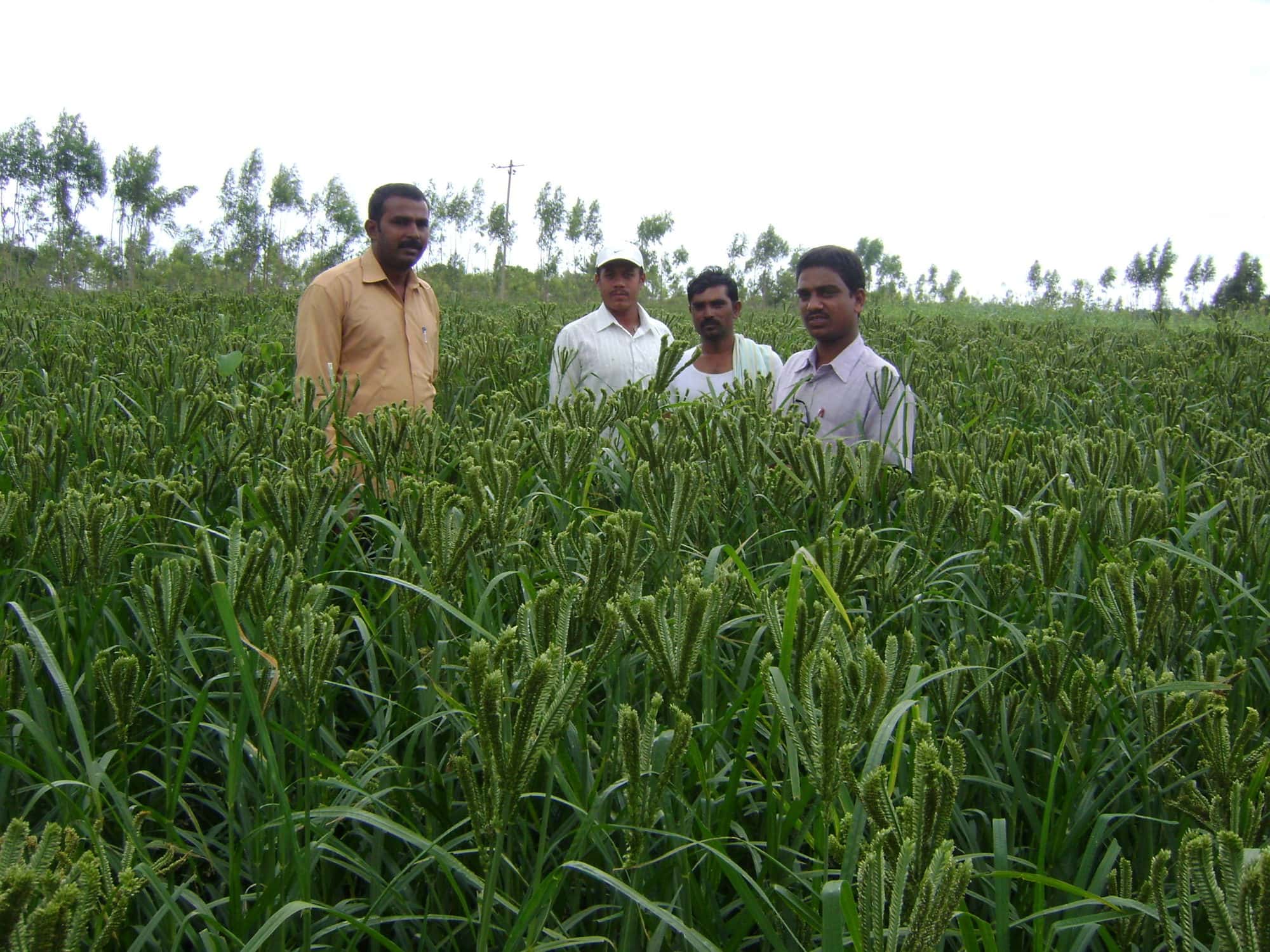India’s Agricultural Projections for 2047
The ICAR-National Institute of Agricultural Economics and Policy Research (ICAR-NIAP) recently released the policy paper titled Indian Agriculture to 2047-Reshaping Policies for Sustainable Development. Its projections indicate that food demand will more than double. The need for nutrient-rich foods will surge even further. This shift is driven by changing dietary preferences and an increasing population. The Indian economy must adapt to these changes to ensure food security and sustainable development.
Projected Food Demand
By 2047, India’s aggregate food demand is expected to surpass twice the current levels. Nutrient-rich foods such as fruits, vegetables, and animal products will see an even greater increase. For instance, demand for fruits is projected to reach 233 million tons. Vegetables are expected to rise to 365 million tons. Pulses will likely double to 49 million tons. This shift reflects changing consumer preferences towards healthier diets.
Agricultural Land Constraints
Despite the rising demand, available agricultural land is shrinking. Projections suggest a decrease from 180 million hectares to 176 million hectares. The average size of landholding is anticipated to drop to 0.6 hectares. Smaller land size will make farming less profitable and affect rural livelihoods. This reduction poses challenges for farmers in achieving economies of scale. The net sown area is also expected to decline, leading to increased cropping intensity.
Resource Reallocation
To meet the changing food demands, a strategic shift in resource allocation is crucial. Emphasis must be placed on diversifying crops. Traditional staples like rice and wheat should give way to more nutrient-dense options. Key crops include fruits, vegetables, pulses, and oilseeds. This reallocation will help prevent commodity imbalances and support nutritional needs.
Economic Growth Requirements
For India to achieve developed nation status by 2047, the economy needs to grow at around eight percent annually. This growth is vital to support the increasing population, projected to reach 1.6 billion. Urbanisation will also play role, with nearly half of the population expected to live in cities. This demographic shift will further influence dietary patterns.
Environmental Considerations
Intensifying agriculture to meet food demands will have environmental repercussions. Cropping intensity (how often crops are grown on the same land) will rise from 156% to 170%. Increased cropping intensity may strain water and energy resources. Agriculture currently consumes about 83 percent of India’s water. By 2047, water demand for agriculture is expected to rise by 18 percent. Sustainable practices will be necessary to mitigate these impacts.
Impact of Climate Change
Climate change poses a serious threat to agricultural productivity. Over the last fifty years, extreme weather events have reduced productivity growth by approximately 25 percent. The frequency of droughts, heat waves, and floods is expected to increase. These events will adversely affect crop yields and food supplies, jeopardising food security.
Month: Current Affairs - April, 2025
Category: Agriculture Current Affairs








